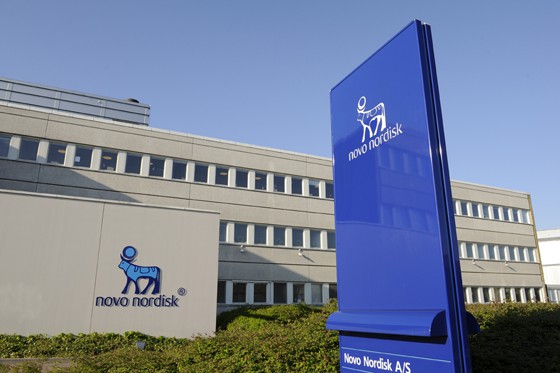
Adding Novo Nordisk’s Victoza to insulin therapy in type 1 diabetics worsened episodes of low blood sugar, dashing hopes of extending the use of the drug.
The ADJUNCT ONE study did show that giving Victoza (liraglutide) on top of insulin improved blood glucose control compared to placebo, but increased the risk of treatment-emergent hypoglycaemia – in other words a drop in blood sugar levels which can occur shortly after an insulin dose.
Novo was hoping the trial and another phase III study reported earlier this month (ADJUNCT TWO) would allow it to apply for new labelling for liraglutide which could have allowed the drug to be used in type 1 as well as its current indication in type 2 diabetes.
Type 1 diabetes usually starts at a younger age and in these patients the pancreas doesn’t produce any insulin, either because of a defect in the organ or an auto-immune reaction that destroys insulin-producing cells. It accounts for around 10% of all cases of diabetes.
In type 2 diabetes, which typically occurs later in life, the pancreas either doesn’t produce enough insulin or the body’s cells don’t react to insulin.
The year-long trial involved almost 1,400 patients who were given one of three doses of long-acting GLP-1 agonist liraglutide or placebo, given once-daily by subcutaneous injection – alongside insulin treatment.
At the end of the trial, the top two doses of liraglutide (1.2mg and 1.8mg) were better than placebo in reducing haemoglobin A1c (HbA1c) levels – a measure of glucose control over time – and also helped patients lose significantly more weight.
The lowest dose of liraglutide (0.6mg) performed worse than placebo and was unable to show an improvement on weight, according to the results.
The results are a big disappointment, particularly as mid-stage trials reported in 2014 suggested adding liraglutide to insulin could increase the proportion of patients meeting HbA1c targets without increasing hypoglycaemic episodes.
The concept of combining insulin with GLP-1 agonists has been debated for some time, with proponents pointing to the potential for improved glucose control while others voiced concerns about the burden of additional injections and the cost of dual therapy.
“Based on a risk/benefit assessment of the overall dataset from the two ADJUNCT trials, Novo Nordisk does currently not intend to submit an application to expand the label of Victoza for use in type 1 diabetes,” said the firm in a statement.
The combination does seem to work well in type 2 diabetes, however, and Novo recently launched Xultophy – a combination of liraglutide with insulin degludec – in Europe, adding to a Victoza franchise that currently makes Novo around $2bn a year.
Meanwhile, a low-dose follow-up, Saxenda, was approved as an obesity therapy earlier this year, and company also has a once-weekly GLP-1 agonist called semaglutide in late-stage testing.




